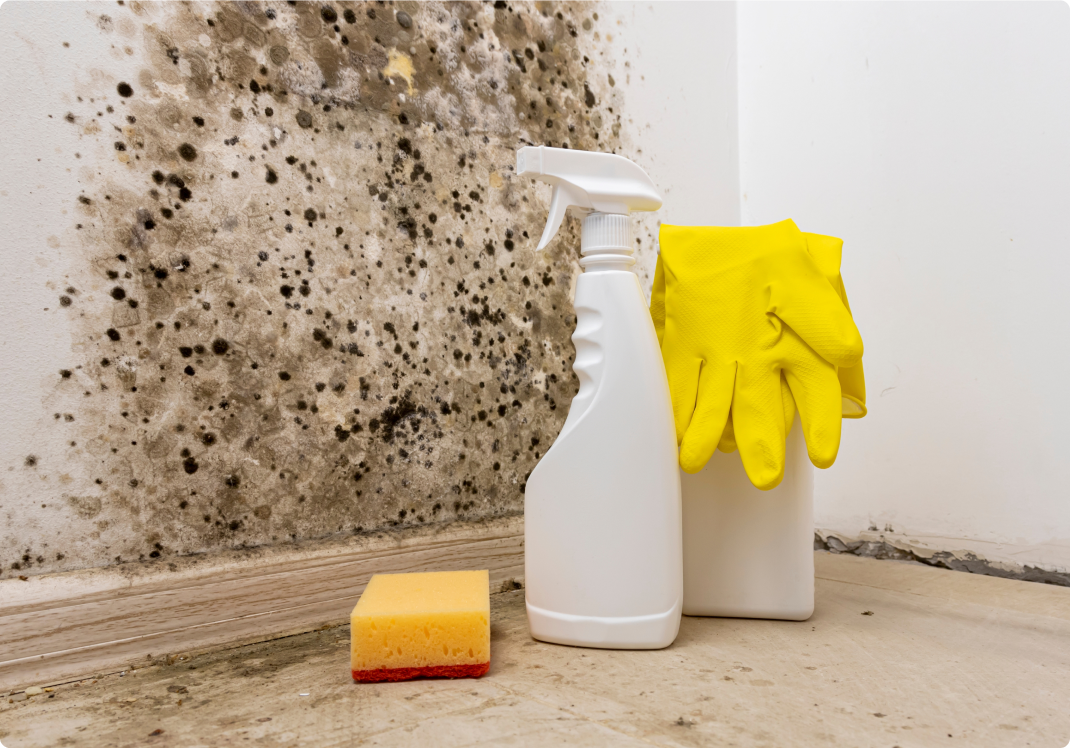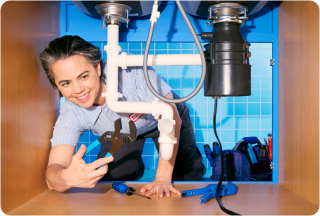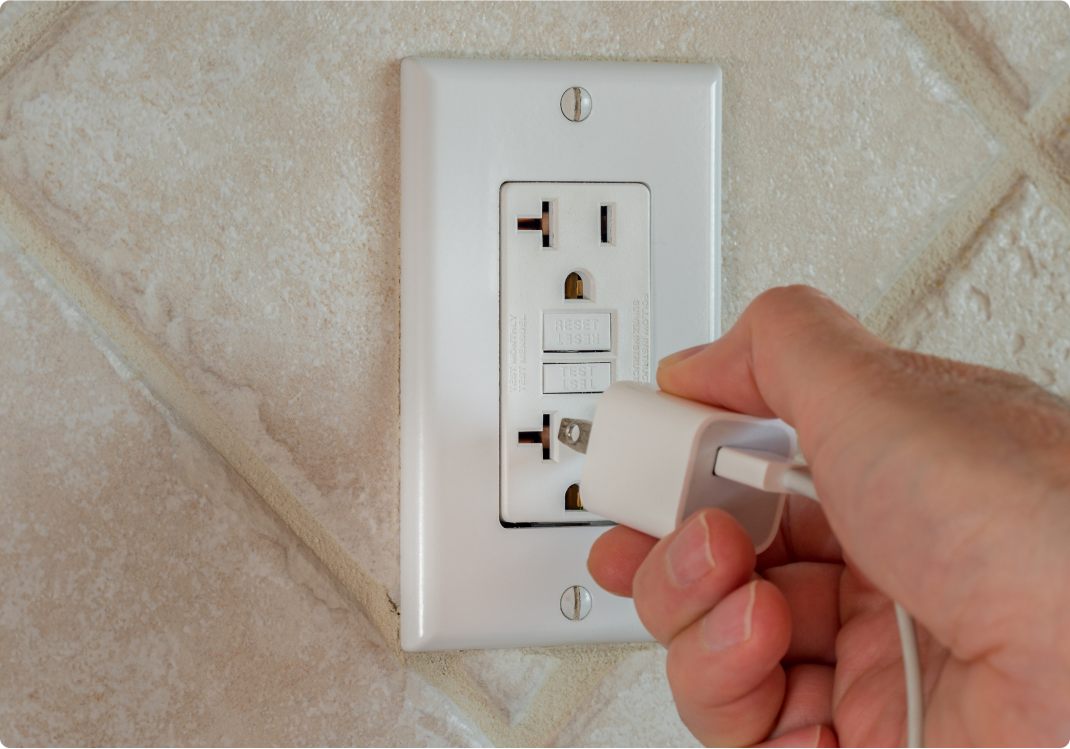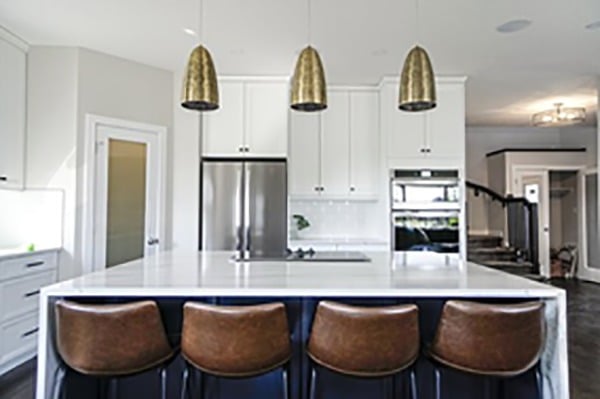In fact, research shows approximately 47% of residential buildings suffer from dampness and mold, which can lead to a litany of issues—including potential health hazards that can threaten your entire family.
Unfortunately, kitchens are prone to mold and mildew growth because of the high levels of moisture and humidity that are present in them.
Mold in kitchens is frequently found in dark, moist, and poorly ventilated areas, such as:
- under the sink
- in and behind cupboards
- around window sills
- behind appliances and kitchen furniture
- on walls
- around taps or sinks.
In order to protect your family from the serious health effects of kitchen mold, you need to understand:
- what causes kitchen mold
- the differences between mold and mildew
- what you can do to prevent kitchen mold
- how to get rid of kitchen mold
What Causes Kitchen Mold?
Kitchen mold is often the result of increased humidity from kitchen activities like cooking, washing dishes, or running appliances like a dishwasher or washing machine. Kitchens are often the location of leaking pipes and appliances, spills, and even floods. Poor ventilation in many kitchens compounds the problems caused by excess moisture and humidity.
Leaky plumbing, faulty weatherproofing, and defective roofing materials can also contribute to mold problems in the kitchen, as well as elsewhere in the house (see our guidance on how to find a bathroom leak).
Because mold is so versatile, remember that you’re not just dealing with mold in the kitchen. It’s mold under the sink, mold in the cabinets, mold behind appliances—it can form anywhere!
The Differences Between Mold and Mildew
While you’re thinking about mold, it’s helpful to understand the differences between mold and mildew. Mildew, while not attractive, poses far less of a threat than mold and is usually easier to deal with.
Even though mold and mildew are both types of fungi, they feature subtle but important differences that can help you tell them apart:
Mold
- Appearance: Mold is sometimes fuzzy, slimy, or raised, and it may appear black, green, pink, or red.
- Smell: Mold has a musty, earthy smell that’s especially strong in unventilated areas, like in cabinets or black mold under the sink.
- Growth: Mold can penetrate materials and spread to nearby kitchen towels, tablecloths, and more.
- Removal: Mold is more difficult to remove than mildew, and it could even require professional help.
- Health Effects: Mold can cause coughing, breathing difficulties, itchy eyes, skin irritation, and runny noses.
Mildew
- Appearance: Mildew is flat and powdery, and it may appear white, gray, or light brown.
- Smell: Like mold, mildew smells earthy and musty, but it isn’t as strong.
- Growth: Mildew stays on the surface of materials.
- Removal: Mildew is generally easy to clean.
- Health Effects: Mildew can cause similar health issues as mold—coughing, breathing difficulties, itchy eyes, skin irritation, and runny noses—but it’s usually less harmful.




